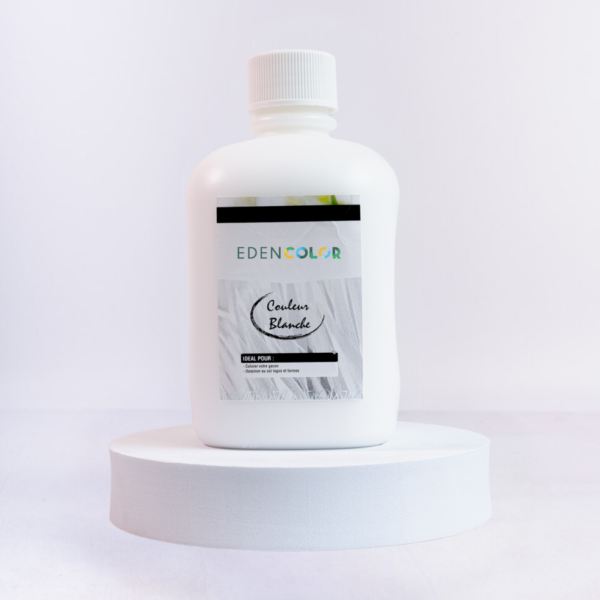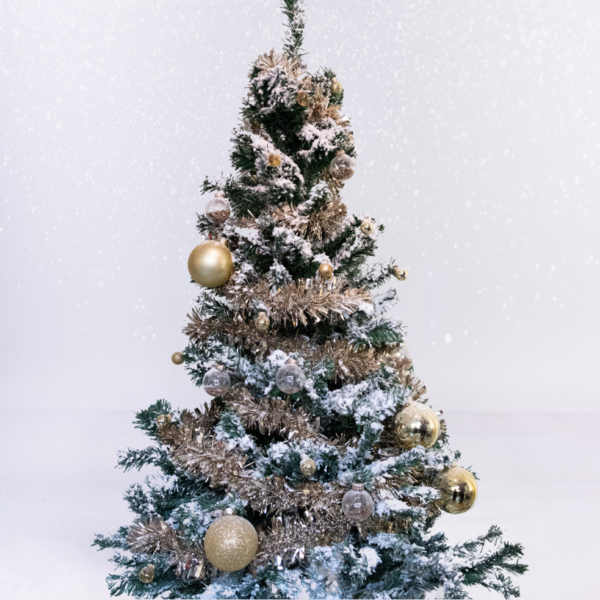Nov, 2023

Natural fir trees vs. Artificial fir trees
Natural vs. artificial fir trees: Which is better for the environment?
When it comes to decorating our homes for the festive season, one of the most common choices we have to make is the Christmas tree.
For this, we have two main options: natural vs. artificial trees.
But which of these two choices is the most environmentally friendly? To answer this question, let's look at the pros and cons of each option.
Natural Fir Trees : The Christmas Tradition
Natural fir trees have a long tradition in Christmas celebrations. By buying a natural fir, you support local nurseries and encourage the sustainable management of forests and farmland, which can then be sold at Christmas markets. Here are a few advantages and disadvantages of natural fir trees:
Advantages :
- Durability: Natural fir trees are renewable products. For every tree cut down, a new one is usually planted, guaranteeing the sustainability of this resource.
- Biodegradability : After the holidays, natural Christmas trees can be recycled or composted, reducing their environmental impact.
- CO2 absorption: Growing fir trees absorb carbon dioxide (CO2) from the atmosphere, helping to combat climate change.
- Authentic look and smell: Natural fir trees offer an authentic sensory experience with their natural appearance and fragrance, adding to the festive atmosphere of Christmas.
Disadvantages :
- Transport : Transporting trees from nurseries to Christmas markets can generate greenhouse gas emissions, especially if they are shipped over long distances.
- Waste : If Christmas trees are not properly recycled or composted, they can contribute to the production of waste.

Artificial Fir Trees: The Reusable Solution
Artificial Christmas trees, made from plastic and metal, are designed to be reusable year after year. Here are the advantages and disadvantages of artificial Christmas trees:
Advantages :
- Reuse : Artificial trees can last for many years, reducing the need to buy a new tree every year.
- No tree cutting: They don't involve cutting down trees, which can be an argument in favor of forest preservation.
- Less waste: Because they can be reused, artificial trees generate less waste in the long term.
Disadvantages :
- Production and disposal : The manufacture of artificial Christmas trees requires non-renewable resources such as oil, and their disposal poses environmental problems.
- Limited durability : Although reusable, artificial trees have a limited lifespan, and when they become obsolete, they are difficult to recycle.
- Transport : Like natural fir trees, artificial trees are often made in factories far away, resulting in transport-related carbon emissions.
Natural fir has an ecological advantage
So which option is the most environmentally friendly?
Natural fir trees have the advantage when it comes to sustainability and reducing CO2 emissions. However, it is essential to choose a responsibly grown natural tree and to recycle it properly after the holidays.
If you choose an artificial tree, make sure you keep and use it for many years to maximize its ecological benefit. When it's time to get rid of it, find out about recycling or plastic reuse options to reduce environmental impact.
Would you like to find out more about choosing the right tree? Please visit our article "How to choose the right tree?



